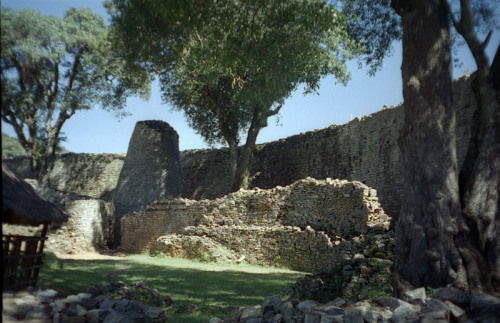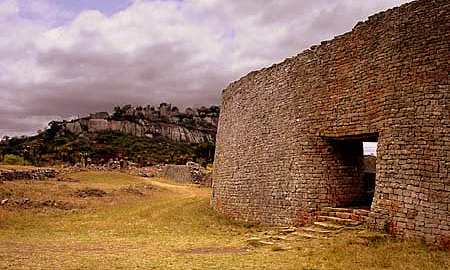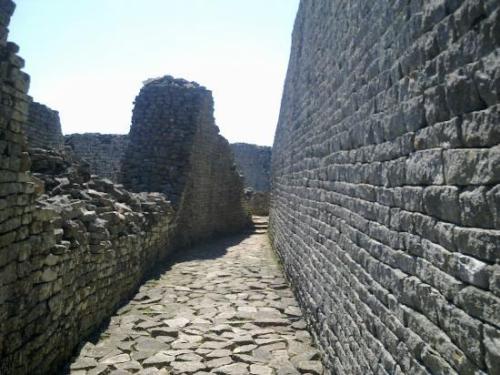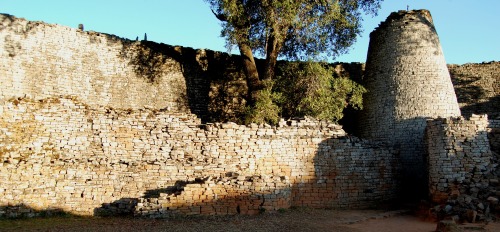Africa’s Lost City — The Ruins of Great Zimbabwe,Built around the 11th century, the Ruin
Africa’s Lost City — The Ruins of Great Zimbabwe,Built around the 11th century, the Ruins of Great Zimbabwe are located near Lake Mutirikwe in what in now the nation of Zimbabwe. Spanning over 1,780 acres, Great Zimbabwe was perhaps the largest city south of the Sahara desert. After conducting studies of the area scholars estimate that at its height Great Zimbabwe would have been home to around 10,000 to 20,000 people. The city takes the name “Great” Zimbabwe because it largest of 200 other communities (zimbabwes) that made up what was once the Kingdom of Zimbabwe. Being the largest city it is thought that Great Zimbabwe served as capital of the kingdom and home to its monarchs.Today what remains of the city is a large stone and brick fortress called the “Great Enclosure which served as a palace, temple complex, and city center. The structure features two walls, an inner wall and outer wall with balconies to man guards. Between the two walls stands a large 30 foot high watchtower. Inside the Great Enclosure were a number of buildings that are theorized to make up either a temple complex or palace. Beyond the Great Enclosure the area is dotted and crisscrossed with the foundations of walls and buildings, mostly made from stone and brick. More amazing than the Great Enclosure and surrounding buildings, a number of archaeological artifacts shed insight into the lives of the people who live at Great Zimbabwe. A very complex society, the people of Great Zimbabwe had a number of skilled artisans who crafted goods from wood, soapstone, ivory, leather, and pottery. Even more amazing was their complex knowledge of metallurgy. While they crafted goods out of soft metals such as copper and gold, they also were able to create bronze and were even crafting tools and weapons from iron.Other archaeological discoveries reveal that Great Zimbabwe was not an isolated city or kingdom in Southern Africa, but was a major center of trade with contacts all over the known world. Among the most incredible discoveries revealing their commercial influence are coins from Arabia, glassware from Persia, and porcelain from China. A monumental granite cross, located at a traditionally revered and sacred spiritual site suggests they may have also had contact with Christian missionaries, most likely from Ethiopia.By the mid 15th century Great Zimbabwe was abandoned as food resources in the surrounding countryside could not sustain the city’s population. Evidence also suggests that the area suffered from acute deforestation. Today Great Zimbabwe is a National Monuments and UN World Heritage Site. -- source link
Tumblr Blog : peashooter85.tumblr.com
#history#lost cities#ruins#africa#zimbabwe#great zimbabwe#civilizations#southern africa





